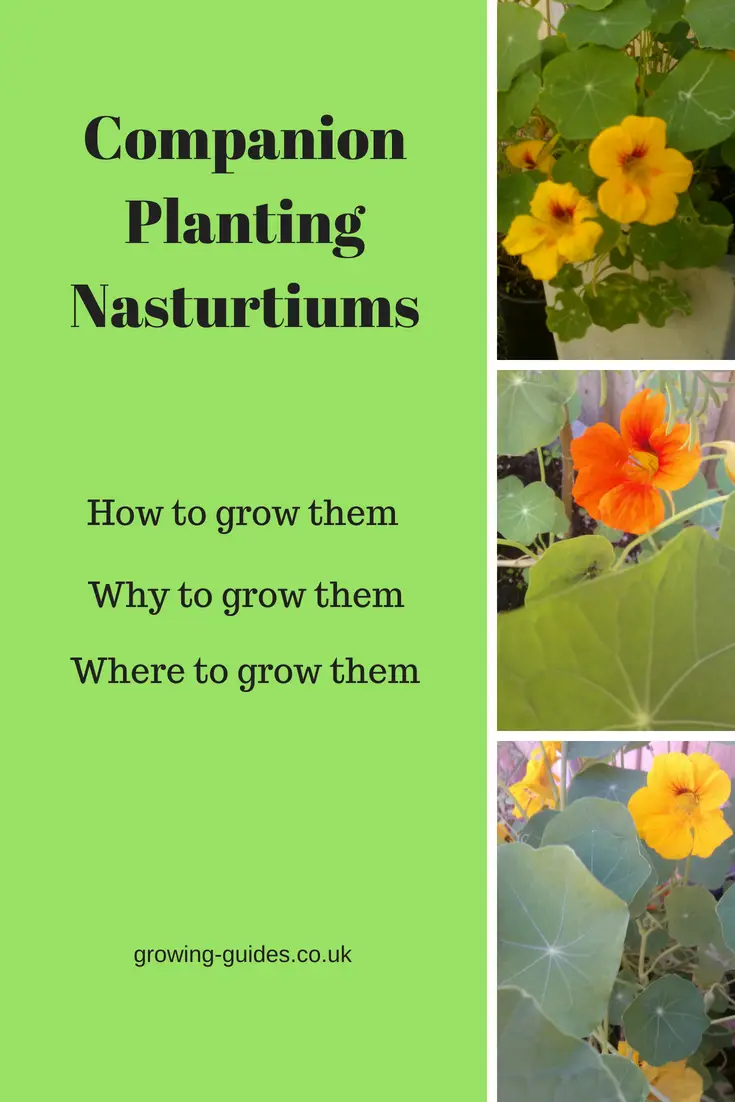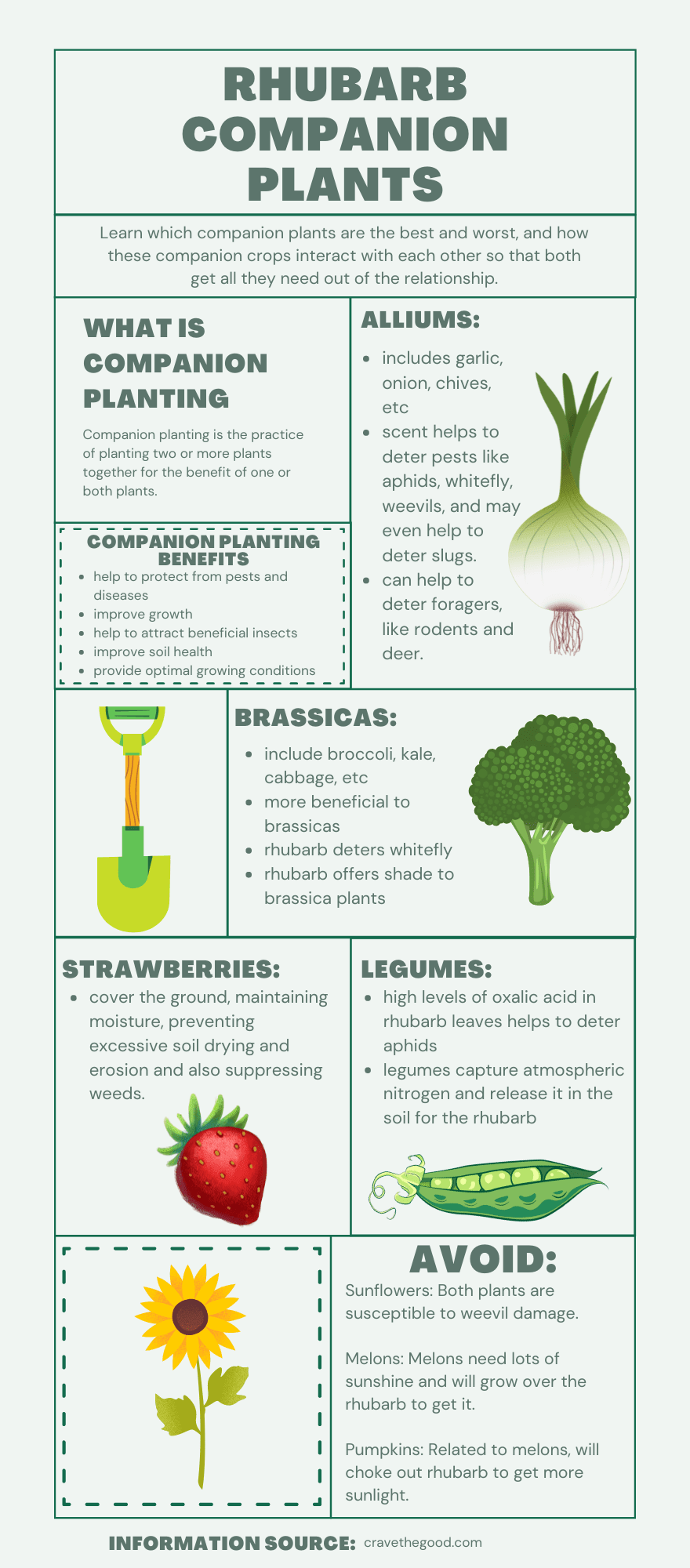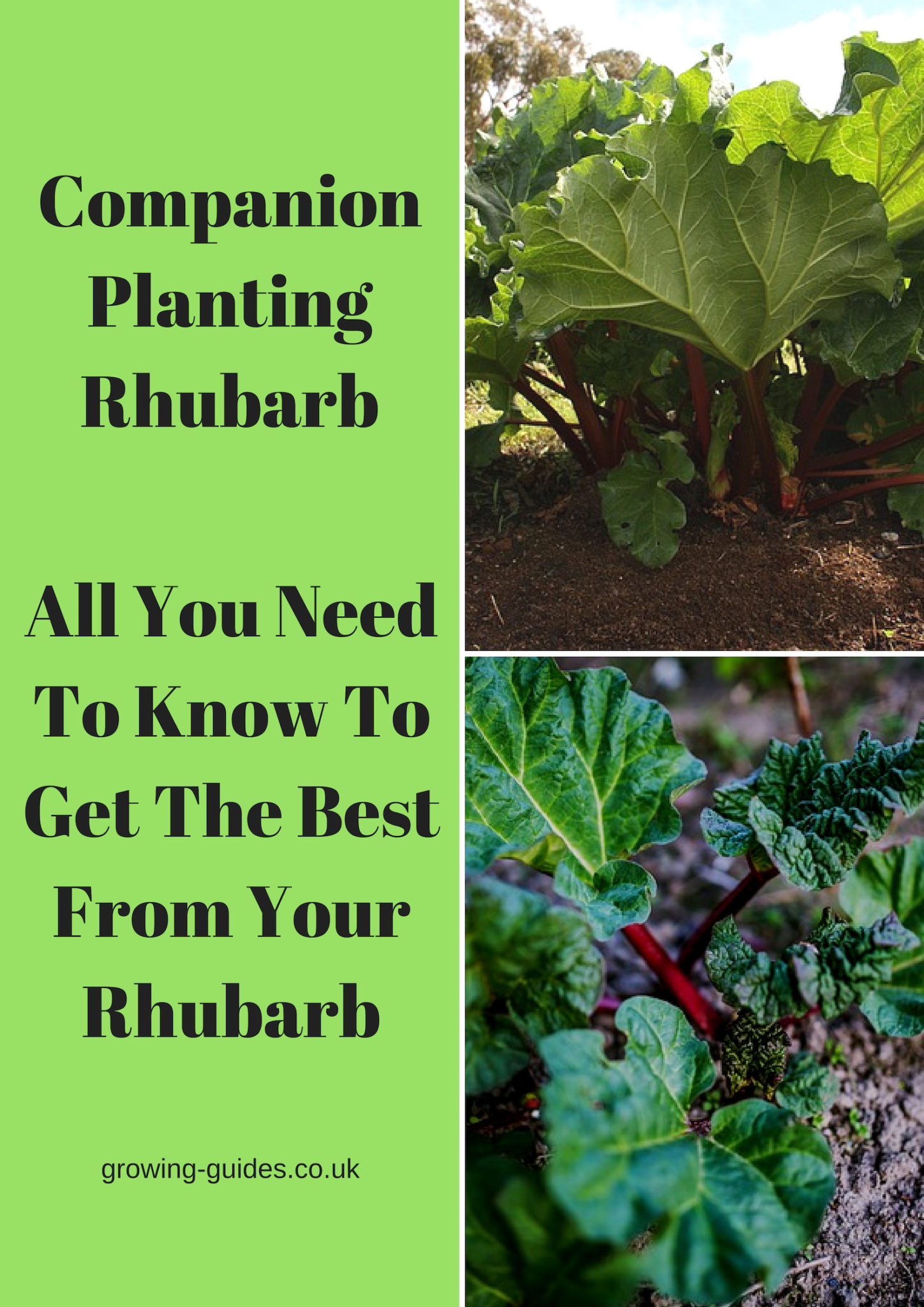The Best Companion Plants For Rhubarb
The Best Companion Plants for Rhubarb
Rhubarb is a delicious and versatile vegetable that can be enjoyed in a variety of dishes, from pies and crumbles to jams and compotes. But did you know that companion planting can help you get the most out of your rhubarb harvest?
Companion planting is the practice of planting certain plants together in order to benefit each other. Some plants can help to repel pests, attract beneficial insects, or improve the soil quality for their neighbors.
When it comes to rhubarb, there are a number of companion plants that can help you to grow healthy and productive plants. Here are a few of the best:
- Alliums: Alliums, such as garlic, onions, and chives, have strong scents that can help to deter pests like aphids, whiteflies, and weevils. They can also help to repel larger pests, such as deer and rabbits.
- Beans: Beans are nitrogen-fixing plants, which means they can help to improve the nitrogen content of the soil for their neighbors. This can be beneficial for rhubarb, which requires a lot of nitrogen to grow.
- Brassicas: Brassicas, such as broccoli, cabbage, and kale, can help to attract beneficial insects, such as ladybugs and lacewings. These insects can help to control pests that can damage rhubarb plants.
- Marigolds: Marigolds have a strong scent that can help to deter pests, such as nematodes and aphids. They can also help to improve the drainage of the soil, which can be beneficial for rhubarb plants.
- Strawberries: Strawberries and rhubarb are often grown together because they have similar growing requirements. They both need full sun and well-drained soil. Strawberries can also help to suppress weeds around rhubarb plants.
In addition to these companion plants, there are a few plants that you should avoid planting near rhubarb. These include:
- Cucumbers: Cucumbers can attract the same pests as rhubarb, so it's best to avoid planting them together.
- Potatoes: Potatoes and rhubarb can compete for nutrients, so it's best to plant them in different parts of the garden.
- Spinach: Spinach can harbor pests that can damage rhubarb plants.
By planting the right companion plants near your rhubarb, you can help to improve the health and productivity of your plants. So next time you're planning your garden, be sure to consider these beneficial companions.
Rhubarb is a delicious and versatile vegetable that can be enjoyed in a variety of dishes. But did you know that planting rhubarb with certain companion plants can help to improve its growth and flavor?
Some of the best companion plants for rhubarb include:
- Alliums: Alliums, such as garlic, onions, and chives, help to deter pests and diseases that can affect rhubarb.
- Brassicas: Brassicas, such as broccoli, cabbage, and kale, help to improve the soil quality around rhubarb plants.
- Legumes: Legumes, such as beans and peas, help to fix nitrogen in the soil, which can benefit rhubarb plants.
- Strawberries: Strawberries and rhubarb are both early-season crops that can be planted together. The strawberries will help to shade the rhubarb plants from the sun, while the rhubarb will help to deter pests from the strawberries.
For more information about rhubarb companion planting, you can visit Gardenia Inspiration. This website has a comprehensive guide to companion planting, as well as information on specific plants that can be grown with rhubarb.
FAQ of rhubarb companion plants
Q: What are the best companion plants for rhubarb?
A: The best companion plants for rhubarb are those that have similar growing conditions and do not compete for nutrients or water. Some good options include:
- Alliums: The allium family includes garlic, onions, and chives. These plants help to repel pests and diseases, and they also add flavor to rhubarb dishes.
- Brassicas: The brassica family includes cauliflower, broccoli, cabbage, and kale. These plants help to improve the soil quality and deter pests.
- Legumes: Rhubarb's relationship with beans and peas is actually beneficial to both plants. The legumes fix nitrogen in the soil, which rhubarb can then use.
- Strawberries: Strawberries and rhubarb are both early-season crops, so they can share the same space in the garden. They also help to deter each other's pests.
- Melons: Melons and rhubarb are both heavy feeders, so they can benefit from being planted together. The melons will help to shade the rhubarb's roots, and the rhubarb will help to deter pests from the melons.
Q: What are some companion plants that should be avoided with rhubarb?
A: There are a few companion plants that should be avoided with rhubarb, including:
- Nightshades: The nightshade family includes tomatoes, potatoes, and eggplants. These plants can attract pests and diseases that can also affect rhubarb.
- Beans: Rhubarb can suppress the growth of beans.
- Cucumbers: Cucumbers and rhubarb can compete for nutrients and water.
- Asparagus: Asparagus can release chemicals that can stunt the growth of rhubarb.
Q: How far apart should rhubarb plants be planted?
A: Rhubarb plants should be planted 3-4 feet apart. This gives them enough space to grow and spread.
Q: How much sunlight does rhubarb need?
A: Rhubarb needs full sun to partial shade. It will tolerate some shade, but it will not produce as many stalks if it does not get enough sunlight.
Q: How much water does rhubarb need?
A: Rhubarb needs regular watering, especially during the growing season. The soil should be kept moist, but not soggy.
Image of rhubarb companion plants
- Nasturtiums: Nasturtiums are a great companion plant for rhubarb because they help to deter pests. They also attract pollinators, which can help to improve the fruit production of the rhubarb plant.

- Chives: Chives are another good companion plant for rhubarb. They help to repel aphids and other pests. They also add flavor to rhubarb dishes.

- Potatoes: Potatoes and rhubarb can be planted together because they have different nutrient needs. Potatoes need nitrogen, while rhubarb needs potassium. By planting them together, you can help to ensure that each plant gets the nutrients it needs.

- Cucumbers: Cucumbers and rhubarb can also be planted together. Cucumbers need full sun, while rhubarb can tolerate some shade. By planting them together, you can help to create a more balanced garden.

- Lettuce: Lettuce and rhubarb are both cool-season crops, so they can be planted together in the spring or fall. Lettuce also helps to suppress weeds, which can be a problem for rhubarb plants.

Post a Comment for "The Best Companion Plants For Rhubarb"